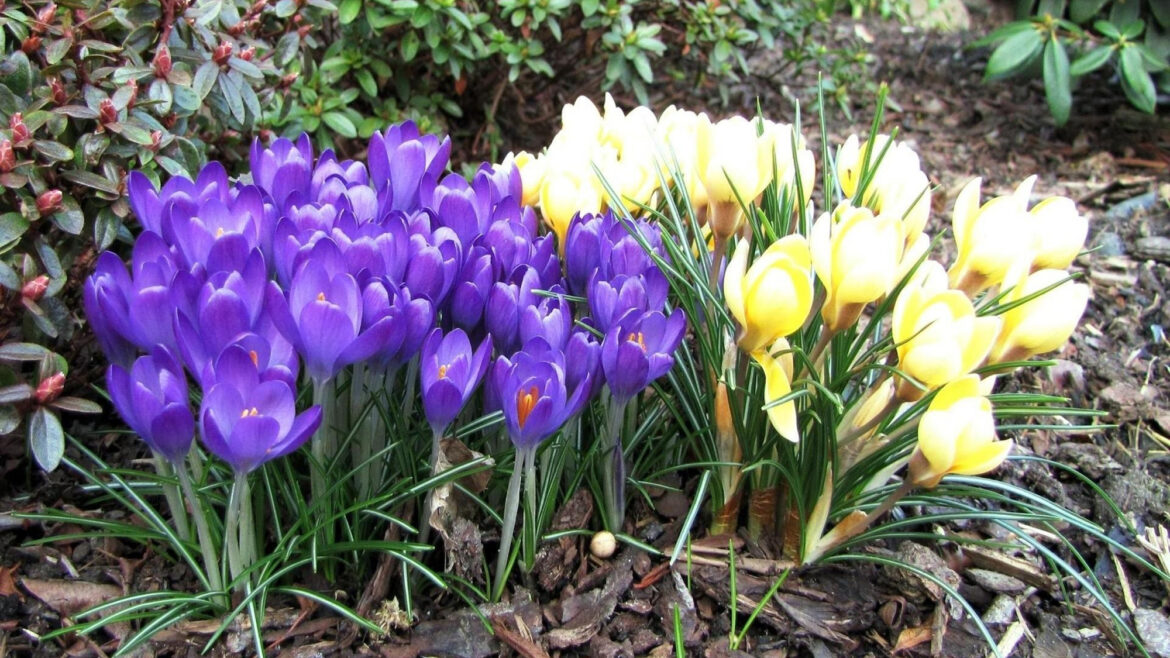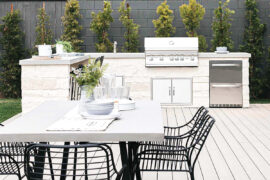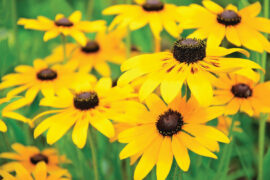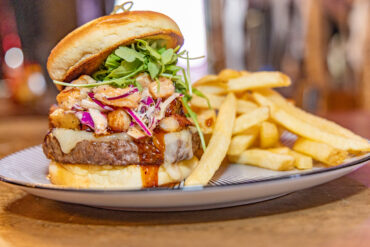The best time for planting spring-flowering bulbs is from mid-September to mid-October; this will guarantee a beautiful garden in the spring, especially for pollinators. For hyacinths and tulips, place these bulbs in the refrigerator for 6 weeks before planting.
Look for sunshine as well as afternoon shade, protection from wind, and good drainage before you plant your bulbs. Planting in the fall gives the bulbs plenty of time to set roots. Bulbs like companion planting as they can be planted under and around trees that shed their leaves, because by the time the trees fully leaf out, the bulbs will be done flowering.
Plant the bulbs two to three times as deep as the diameter of the bulb. If the bulb is a type that reseeds itself, you might want to space those bulbs further apart so the new flowers will have room to grow.
Opt for bulbs that will bloom from early spring through the summer and choose a variety of different bulbs to attract different pollinators. Group similar flowers together to attract our friends, the pollinators, that are looking for nectar and pollen. The miracle of nature is that pollinators may accidentally brush against a flower’s reproductive parts, and deposit pollen from flower to flower. The plant then uses the pollen to produce a fruit or seed.
Interesting fact: According to the Pollinator Partnership, birds, bats, bees, butterflies, beetles, and other small mammals that pollinate plants are responsible for bringing us one out of every three bites of food.*
Steps for Planting
1) Design your garden. Scatter bulbs for a more natural look or plant in more formal groupings.
2) Determine planting depth for different types of bulbs.
3) Prepare soil. Loosen and add in compost or organic matter as needed to improve drainage and add nutrients. (You can also use bulb fertilizer.)
4) Plant bulbs with pointy ends up and the root ends down.
5) Cover with soil and 2-3” of mulch. Mulch will help protect the bulbs in the wintertime. Small, early blooming bulbs do not need to be mulched.
6) Water well to settle bulbs in place.
7) If needed, protect bulbs from animals with fencing.
8) Mark where you have planted to avoid accidentally digging up the bulbs after their season is over.
9) Continue watering as plants are preparing for the next year.
Bulbs to plant in our area include the following:
Hyacinths
Daffodils
Crocuses
Alliums
Tulips
Each type of flowering bulb has many varieties; you might want to check with a local garden center to check for deer resistance, pollinator appeal, etc. Now you have a grouping of beautiful flowers that will be charming for your garden and serve as a cutting garden for your spring/summer entertaining. Happy Gardening!
*If you are interested in helping our pollinators, please go to the Pollinator Partnership website, www.pollinator.org, and join in their mission: to promote the health of pollinators, critical to food and ecosystems, through conservation, education, and research.
Gaye Winter, Ph.D., teaches English at Mississippi Gulf Coast Community College and is a member of Biloxi Garden Club. Reach her at gaye.winter@mgccc.edu.





